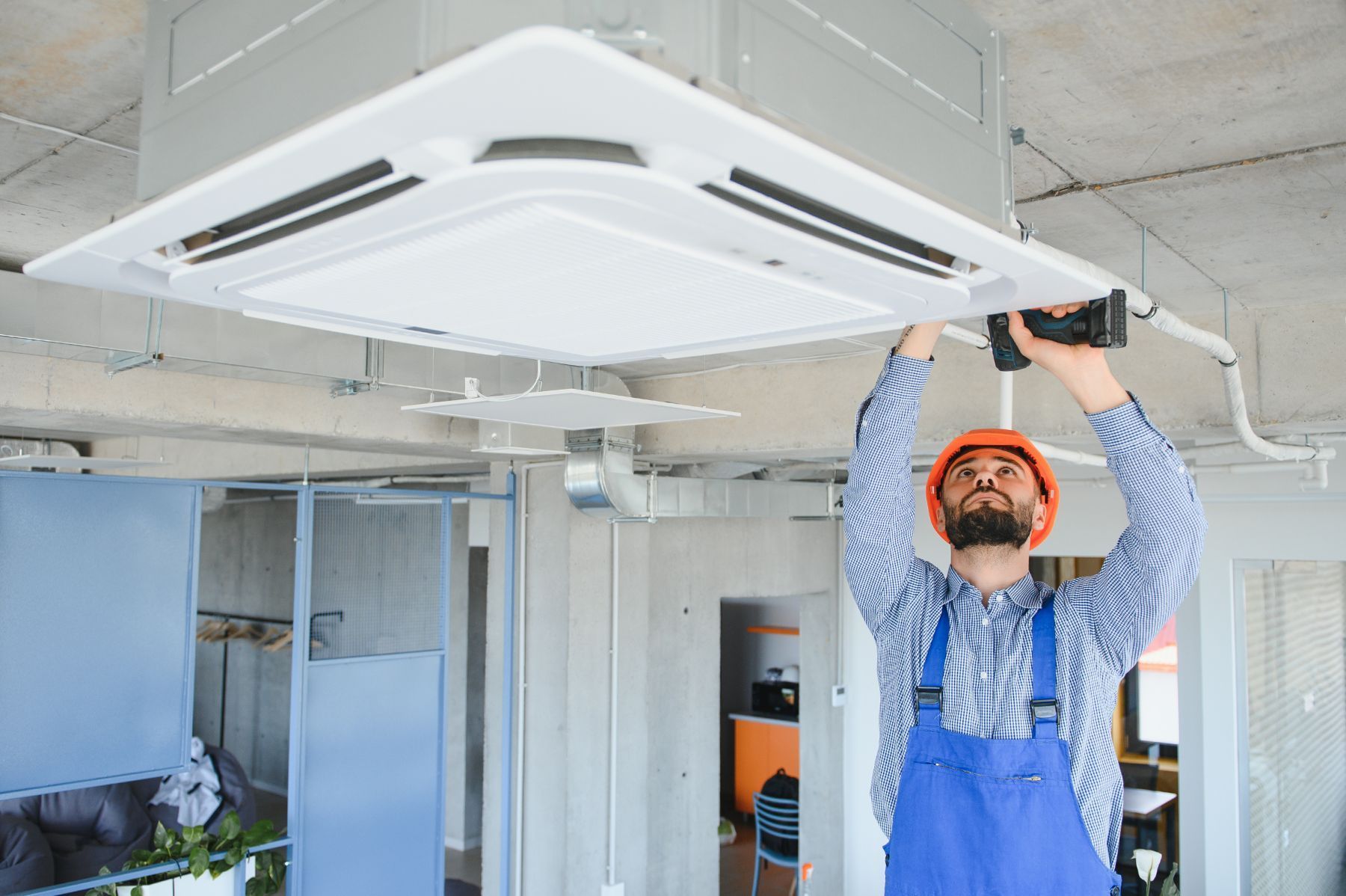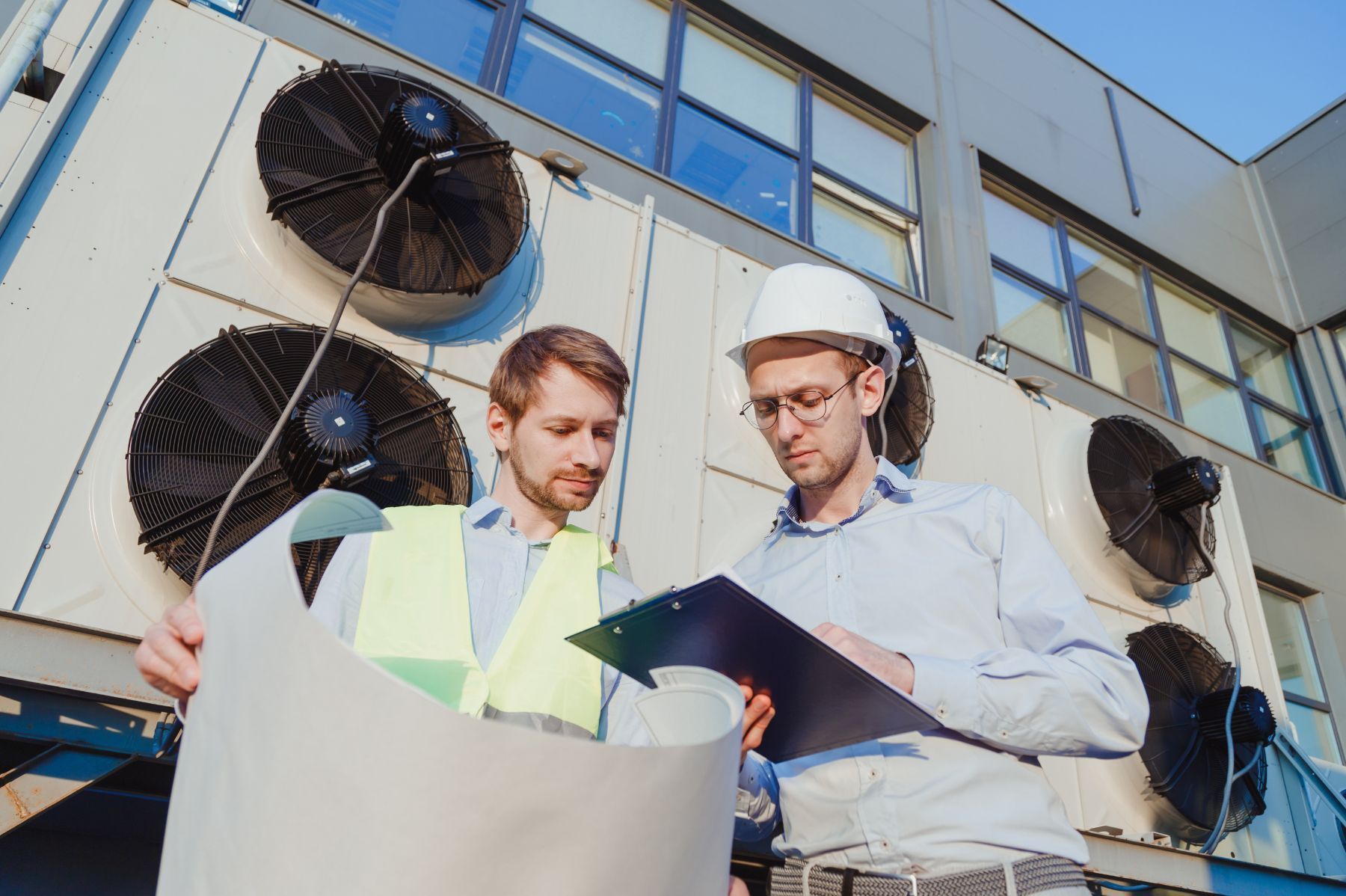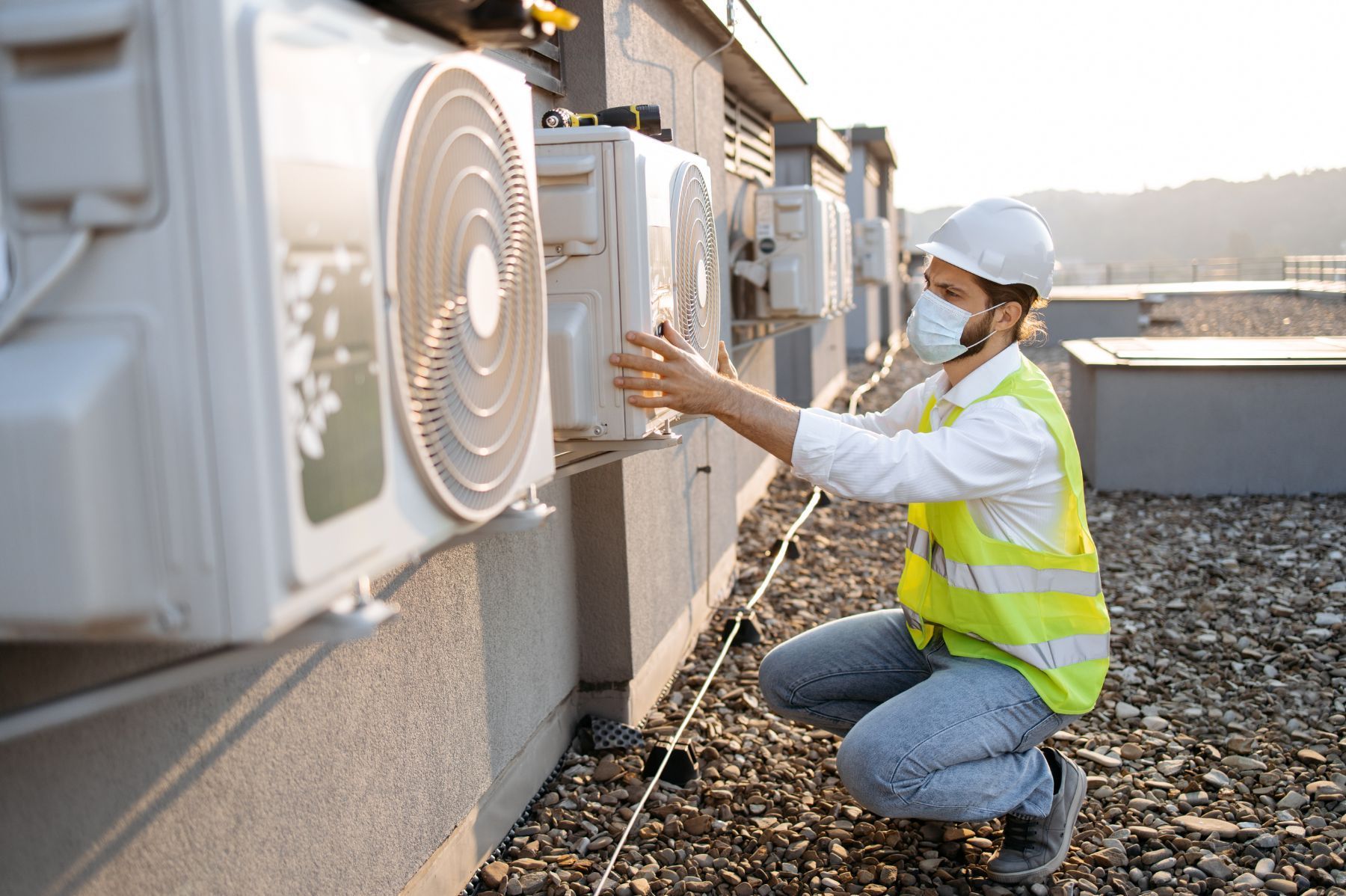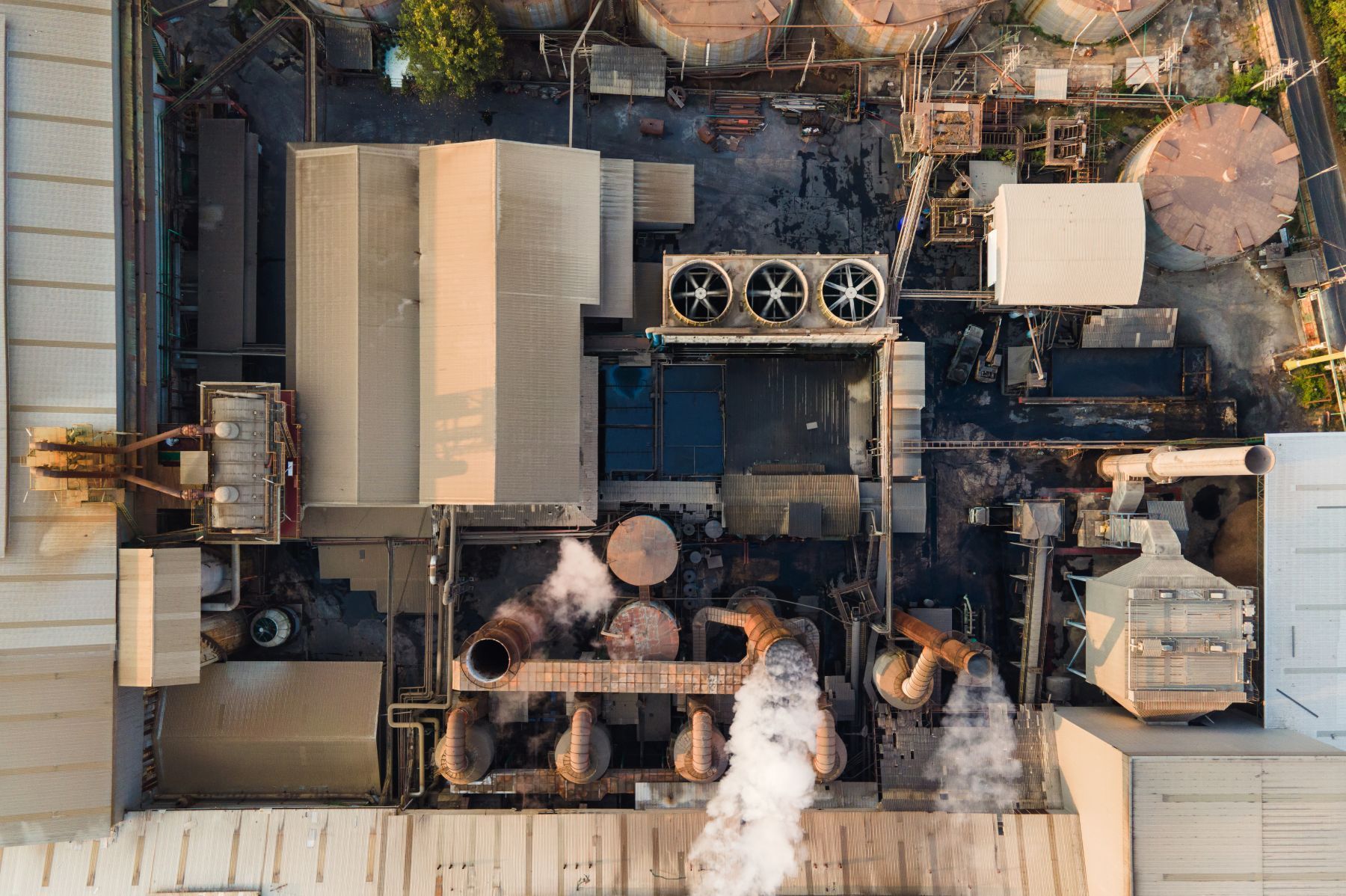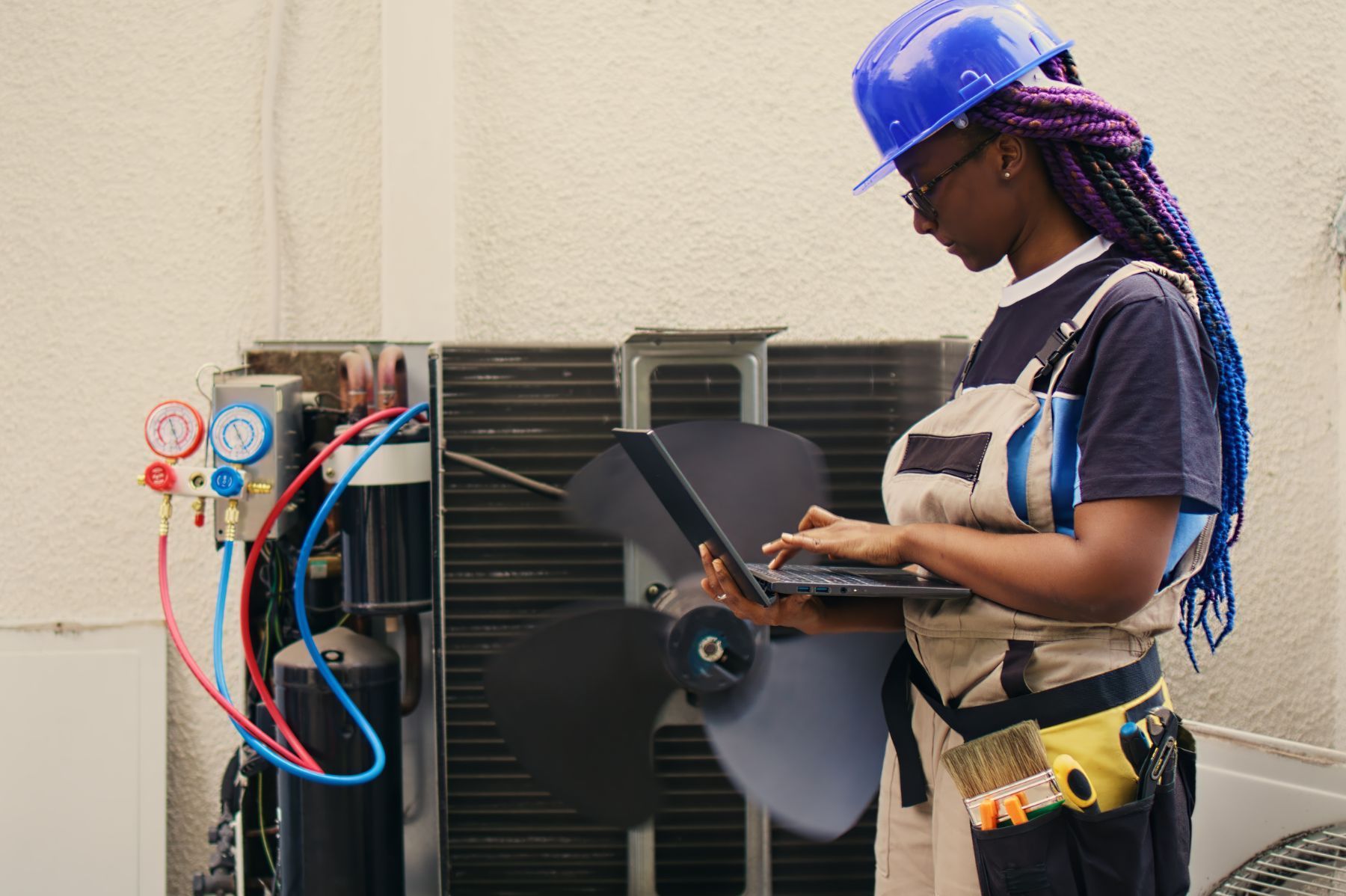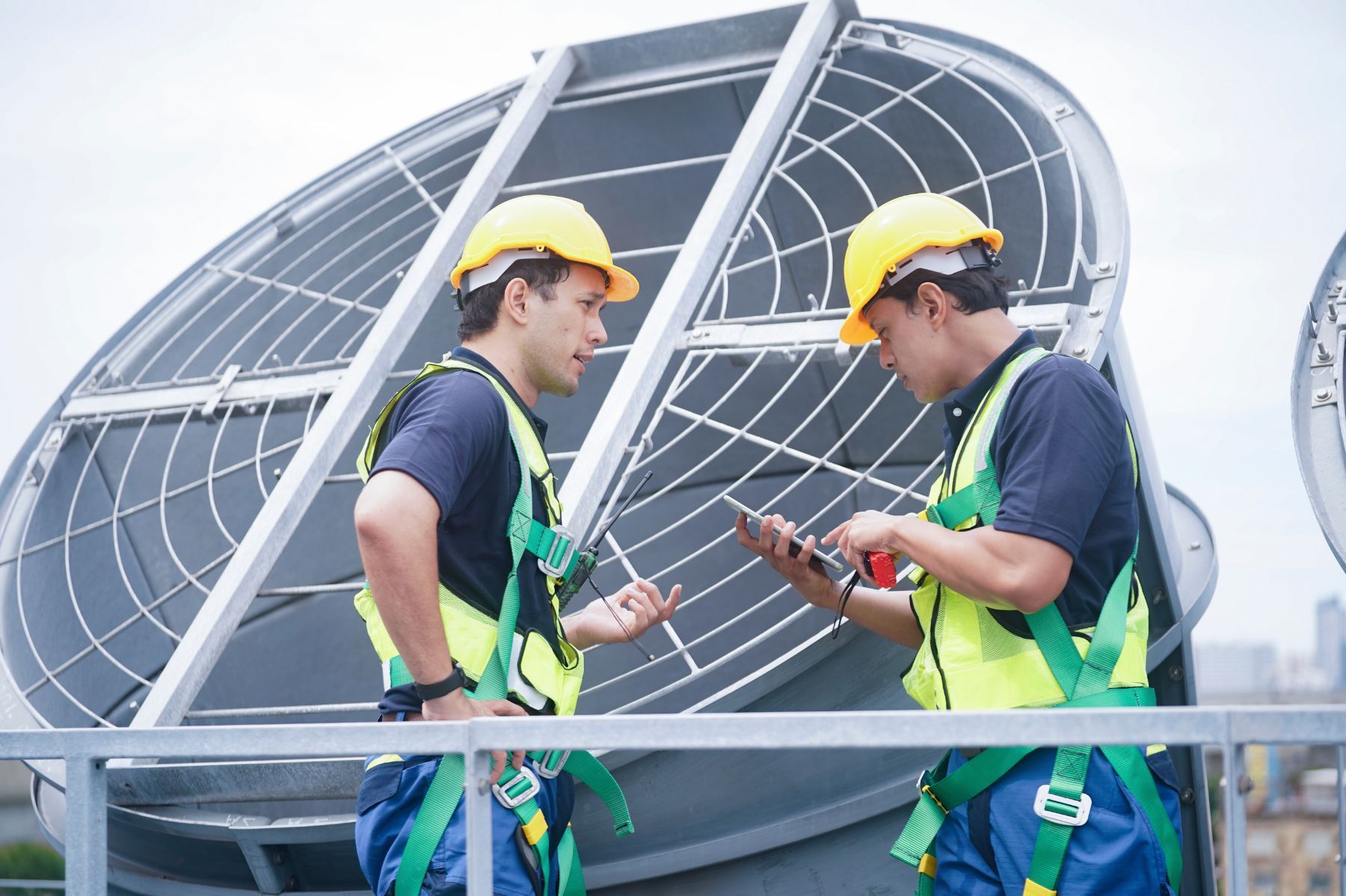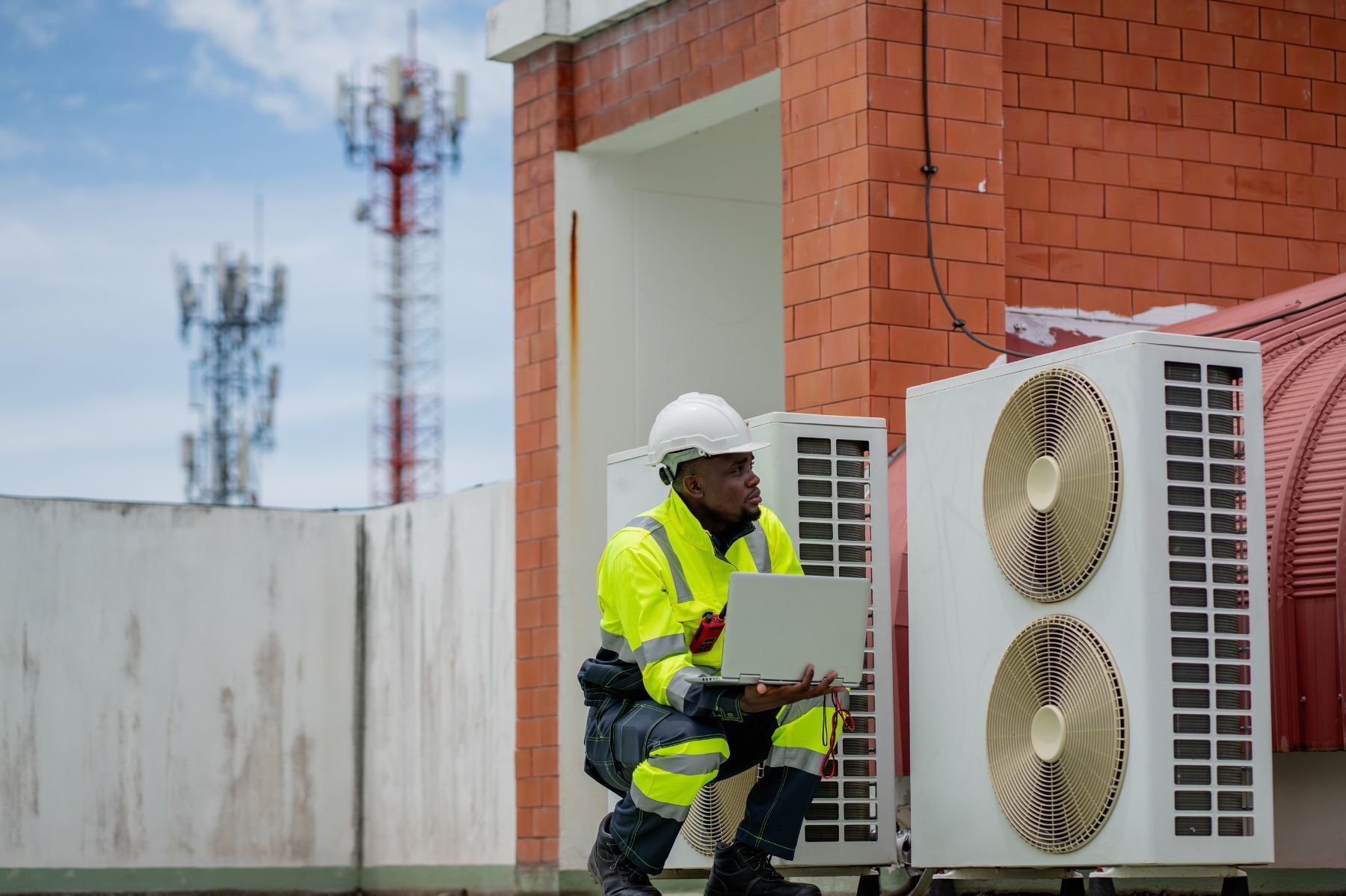5 Insurance Endorsements Every Growing HVAC Business Should Consider
See How We're Different
or call us: (469) 678-8001

As the HVAC industry continues to expand, so do the risks associated with running a business in this sector. From fluctuating material costs to increasing claims complexity, HVAC companies face unique challenges that require tailored insurance solutions. Understanding which insurance endorsements can provide additional protection is essential for growing HVAC businesses looking to safeguard their assets, employees, and reputation. This article explores five key insurance endorsements every HVAC business should consider to stay resilient in a dynamic market.
With insured losses from catastrophic weather events in the U.S. estimated at a staggering $113 billion in 2024, it’s clear that the landscape for property and casualty risks is evolving rapidly. HVAC businesses, often involved in property repairs and installations, must be proactive in managing these risks through comprehensive insurance coverage.
1. Equipment Breakdown Endorsement
HVAC businesses rely heavily on specialized equipment to deliver services efficiently. From diagnostic tools to installation machinery, equipment breakdowns can lead to costly downtime and repair expenses. An Equipment Breakdown Endorsement extends the standard commercial property policy to cover sudden and accidental breakdowns of HVAC equipment, including boilers, refrigeration units, and air conditioning systems.
This endorsement is particularly crucial given the rising costs of repairs and replacements. For example, the average cost of a new roof has consistently increased by over 5% due to higher material, labor, and transportation costs, a trend that similarly impacts HVAC equipment expenses. By securing this endorsement, businesses can mitigate unexpected financial hits and ensure continuity of operations.
Moreover, with the commercial insurance industry expected to grow at a CAGR of 4.5% from 2023 to 2028, investing in endorsements that protect critical assets aligns with broader industry trends toward risk management and resilience (WifiTalents).
In addition to financial protection, having an Equipment Breakdown Endorsement can enhance a business's reputation. Clients are more likely to trust HVAC companies that demonstrate a commitment to reliability and efficiency. When equipment failures are covered, businesses can respond quickly to service calls, minimizing disruption for customers. This proactive approach not only helps maintain client satisfaction but can also lead to increased referrals and repeat business, which are vital for long-term success in a competitive market.
Furthermore, the endorsement can cover not just the repairs but also the loss of income during the downtime caused by equipment failure. This aspect is particularly important for HVAC companies that may rely on seasonal work, where a breakdown during peak demand can have devastating financial implications. By ensuring that lost income is compensated, businesses can navigate through tough times without jeopardizing their financial stability, allowing them to focus on recovery and growth rather than merely surviving the setback.
2. Pollution Liability Endorsement
HVAC systems often involve refrigerants and other chemicals that, if mishandled, can pose environmental hazards. Pollution Liability Endorsements cover claims related to the release of pollutants during HVAC installation, maintenance, or repair work. This coverage is vital as environmental regulations become stricter and public awareness around pollution risks grows.
Without this endorsement, businesses may face significant legal and cleanup costs if an accidental release occurs. Given that 56% of reported causes of loss were recategorized following independent assessments by HVAC Investigators, it’s clear that claims related to environmental factors can be complex and costly (HVAC Investigators).
Adding pollution liability coverage not only protects the business financially but also enhances credibility with clients who prioritize environmentally responsible contractors.
Moreover, as the HVAC industry evolves, so does the array of substances used in these systems. Many modern refrigerants, while more efficient, can still have harmful effects on the ozone layer and contribute to global warming if released into the atmosphere. This growing concern has led to increased scrutiny from regulatory bodies, making it imperative for HVAC companies to stay ahead of compliance requirements. By securing a Pollution Liability Endorsement, contractors not only safeguard their operations but also align their practices with sustainability goals that resonate with eco-conscious consumers.
Additionally, the implications of pollution liability extend beyond immediate financial repercussions. Businesses that neglect this aspect of their insurance may find themselves facing reputational damage, as clients and the community become more aware of environmental stewardship. In an age where corporate responsibility is a key differentiator, having robust pollution liability coverage can serve as a marketing tool, showcasing a commitment to safe and responsible business practices. This proactive approach can lead to increased customer loyalty and potentially open doors to new business opportunities in an increasingly competitive marketplace.
3. Cyber Liability Endorsement
As HVAC businesses increasingly adopt digital tools and AI-driven models to assess risk and optimize operations, they become more vulnerable to cyber threats. Attila Toth, Founder and CEO of ZestyAI, notes the accelerated adoption of AI within the insurance industry to assess storm risks, highlighting the growing intersection between technology and risk management (Insurance Business Magazine).
Cyber Liability Endorsements protect HVAC businesses against data breaches, ransomware attacks, and other cyber incidents that could compromise sensitive customer information or disrupt operations. This coverage typically includes expenses related to notification, legal fees, and data recovery.
Given the increasing digital footprint of HVAC companies, this endorsement is no longer optional but a necessity to prevent costly cyber incidents that could damage both finances and reputation. In fact, the consequences of a cyber attack can extend beyond immediate financial losses; they can lead to long-term damage to customer trust and brand integrity. As consumers become more aware of data privacy issues, a single breach can result in significant customer attrition and a tarnished public image.
Moreover, the regulatory landscape surrounding data protection is evolving rapidly, with stricter compliance requirements being introduced in many jurisdictions. HVAC businesses must navigate these complexities to avoid hefty fines and legal repercussions. By securing a Cyber Liability Endorsement, companies not only safeguard their operations but also demonstrate a commitment to protecting their clients' information, which can be a strong selling point in a competitive market. This proactive approach can enhance customer confidence and loyalty, ultimately contributing to the business's long-term success.
4. Business Income and Extra Expense Endorsement
Catastrophic weather events can severely impact HVAC businesses, causing property damage and operational interruptions. With insured losses from such events reaching $113 billion in 2024, companies must prepare for potential downtime (Burns & Wilcox).
The Business Income and Extra Expense Endorsement helps cover lost income and additional expenses incurred while the business recovers from a covered loss. This can include rent for temporary locations, overtime wages, and costs to expedite repairs.
For HVAC businesses, which often operate on tight schedules and rely on timely project completion, this endorsement ensures financial stability during unforeseen disruptions and supports quicker recovery. It is particularly crucial during peak seasons, such as summer or winter, when demand for HVAC services surges. A prolonged interruption during these times can lead to significant revenue losses and customer dissatisfaction, making it essential for businesses to have a robust safety net in place.
Moreover, the endorsement not only aids in covering immediate costs but also allows HVAC companies to invest in long-term improvements. For instance, businesses can utilize the funds to upgrade their equipment or implement more resilient systems that can withstand future weather-related challenges. This proactive approach not only helps in recovery but also positions the business for sustained growth and competitiveness in the market. By ensuring they have the right coverage, HVAC businesses can focus on their core operations, knowing that they are protected against the financial ramifications of unexpected events.
5. Inland Marine Endorsement
HVAC contractors frequently transport expensive tools, equipment, and materials between job sites. The Inland Marine Endorsement provides coverage for these movable assets, protecting against theft, loss, or damage while in transit or stored off-premises.
This endorsement is particularly important as the value of equipment rises and the risk of theft or damage increases. Without it, businesses may face significant out-of-pocket expenses to replace or repair critical tools, leading to project delays and lost revenue.
Considering the complexity and high value of HVAC systems, this endorsement offers peace of mind and financial protection tailored to the mobile nature of the trade.
Moreover, the Inland Marine Endorsement is not just about safeguarding tools; it also extends to specialized equipment like ductwork, compressors, and refrigerants that are essential for HVAC installations and repairs. These items can be costly and difficult to replace quickly, especially when a project is on a tight schedule. By ensuring that these assets are covered, contractors can focus on their work without the constant worry of potential losses that could derail their operations.
Additionally, many insurance providers offer customizable options within the Inland Marine Endorsement, allowing HVAC contractors to tailor their coverage based on specific needs and risks. This flexibility can include coverage for newly acquired equipment or seasonal adjustments based on project demands. As the HVAC industry continues to evolve with new technologies and equipment, having a robust insurance strategy that adapts to these changes is crucial for maintaining a competitive edge in the market.
Conclusion: Tailoring Coverage to Support Growth
Growing HVAC businesses face a multifaceted risk environment, from escalating material costs to complex claims and emerging cyber threats. By incorporating endorsements such as Equipment Breakdown, Pollution Liability, Cyber Liability, Business Income and Extra Expense, and Inland Marine, companies can build a robust insurance portfolio that addresses their specific needs.
Industry experts emphasize the importance of understanding claims trends to control indemnity leakage and ensure accurate policy pricing. As Damon Stafford, CEO of Alpine Intel, points out, leveraging data-driven insights helps insurance professionals and businesses alike to optimize coverage and reduce unnecessary losses (Alpine Intel).
In a sector poised for steady growth, with the commercial insurance industry expanding at a compound annual growth rate of 4.5%, investing in the right endorsements is a strategic move that supports long-term success and resilience (WifiTalents).

